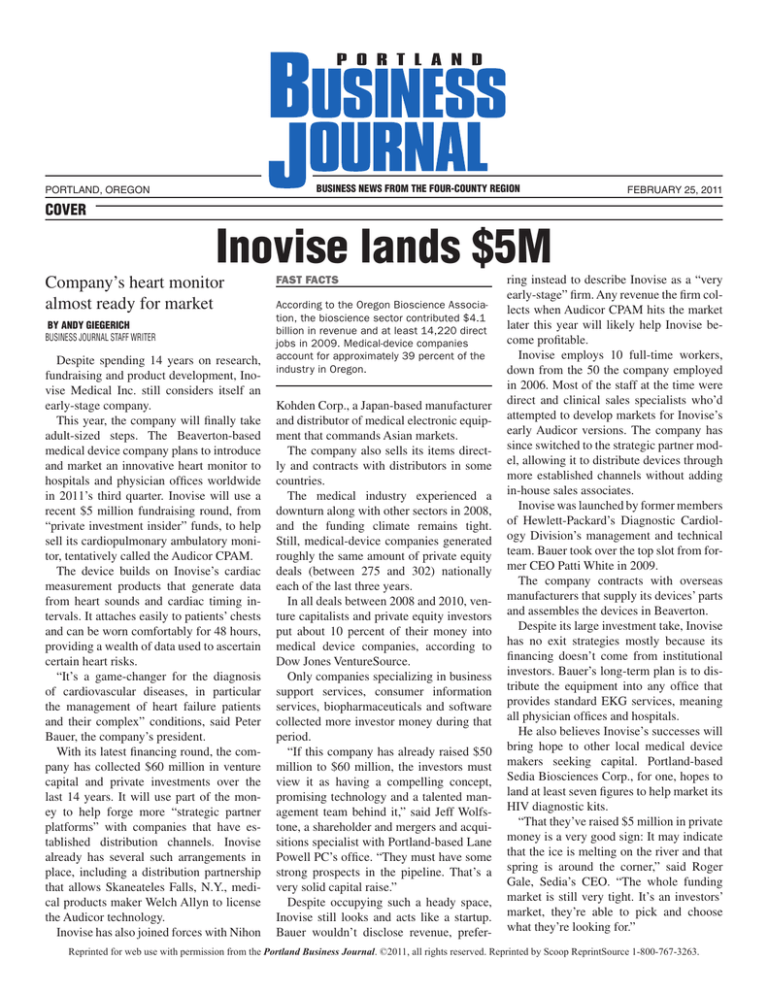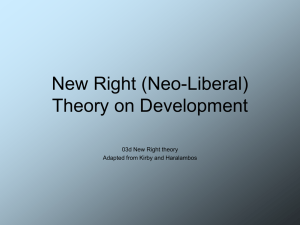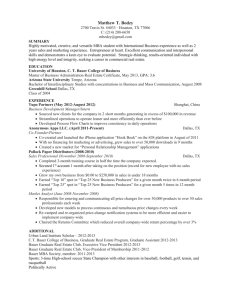
BUSINESS NEWS FROM THE FOUR-COUNTY REGION
PORTLAND, OREGON
COVER
FEBRUARY 25, 2011
Inovise lands $5M
Company’s heart monitor
almost ready for market
by Andy Giegerich
BUSINESS JOURNAL STAFF WRITER
Despite spending 14 years on research,
fundraising and product development, Inovise Medical Inc. still considers itself an
early-stage company.
This year, the company will finally take
adult-sized steps. The Beaverton-based
medical device company plans to introduce
and market an innovative heart monitor to
hospitals and physician offices worldwide
in 2011’s third quarter. Inovise will use a
recent $5 million fundraising round, from
“private investment insider” funds, to help
sell its cardiopulmonary ambulatory monitor, tentatively called the Audicor CPAM.
The device builds on Inovise’s cardiac
measurement products that generate data
from heart sounds and cardiac timing intervals. It attaches easily to patients’ chests
and can be worn comfortably for 48 hours,
providing a wealth of data used to ascertain
certain heart risks.
“It’s a game-changer for the diagnosis
of cardiovascular diseases, in particular
the management of heart failure patients
and their complex” conditions, said Peter
Bauer, the company’s president.
With its latest financing round, the company has collected $60 million in venture
capital and private investments over the
last 14 years. It will use part of the money to help forge more “strategic partner
platforms” with companies that have established distribution channels. Inovise
already has several such arrangements in
place, including a distribution partnership
that allows Skaneateles Falls, N.Y., medical products maker Welch Allyn to license
the Audicor technology.
Inovise has also joined forces with Nihon
Fast facts
According to the Oregon Bioscience Association, the bioscience sector contributed $4.1
billion in revenue and at least 14,220 direct
jobs in 2009. Medical-device companies
account for approximately 39 percent of the
industr y in Oregon.
Kohden Corp., a Japan-based manufacturer
and distributor of medical electronic equipment that commands Asian markets.
The company also sells its items directly and contracts with distributors in some
countries.
The medical industry experienced a
downturn along with other sectors in 2008,
and the funding climate remains tight.
Still, medical-device companies generated
roughly the same amount of private equity
deals (between 275 and 302) nationally
each of the last three years.
In all deals between 2008 and 2010, venture capitalists and private equity investors
put about 10 percent of their money into
medical device companies, according to
Dow Jones VentureSource.
Only companies specializing in business
support services, consumer information
services, biopharmaceuticals and software
collected more investor money during that
period.
“If this company has already raised $50
million to $60 million, the investors must
view it as having a compelling concept,
promising technology and a talented management team behind it,” said Jeff Wolfstone, a shareholder and mergers and acquisitions specialist with Portland-based Lane
Powell PC’s office. “They must have some
strong prospects in the pipeline. That’s a
very solid capital raise.”
Despite occupying such a heady space,
Inovise still looks and acts like a startup.
Bauer wouldn’t disclose revenue, prefer-
ring instead to describe Inovise as a “very
early-stage” firm. Any revenue the firm collects when Audicor CPAM hits the market
later this year will likely help Inovise become profitable.
Inovise employs 10 full-time workers,
down from the 50 the company employed
in 2006. Most of the staff at the time were
direct and clinical sales specialists who’d
attempted to develop markets for Inovise’s
early Audicor versions. The company has
since switched to the strategic partner model, allowing it to distribute devices through
more established channels without adding
in-house sales associates.
Inovise was launched by former members
of Hewlett-Packard’s Diagnostic Cardiology Division’s management and technical
team. Bauer took over the top slot from former CEO Patti White in 2009.
The company contracts with overseas
manufacturers that supply its devices’ parts
and assembles the devices in Beaverton.
Despite its large investment take, Inovise
has no exit strategies mostly because its
financing doesn’t come from institutional
investors. Bauer’s long-term plan is to distribute the equipment into any office that
provides standard EKG services, meaning
all physician offices and hospitals.
He also believes Inovise’s successes will
bring hope to other local medical device
makers seeking capital. Portland-based
Sedia Biosciences Corp., for one, hopes to
land at least seven figures to help market its
HIV diagnostic kits.
“That they’ve raised $5 million in private
money is a very good sign: It may indicate
that the ice is melting on the river and that
spring is around the corner,” said Roger
Gale, Sedia’s CEO. “The whole funding
market is still very tight. It’s an investors’
market, they’re able to pick and choose
what they’re looking for.”
Reprinted for web use with permission from the Portland Business Journal. ©2011, all rights reserved. Reprinted by Scoop ReprintSource 1-800-767-3263.







